The Canadian province of British Columbia has been a widely influential font of libertarian drug policy that decriminalized drug use in private and in public, opposed any formal or social pressure on drug-addicted people to seek treatment, and distributed drugs to addicted individuals for unsupervised use, as I documented in a prior Brookings report. It is thus notable that the liberal premier of the province, David Eby, recently described those policies as a mistake, and he has been trumpeting an expansion of involuntary care capacity for addicted people, particularly for those who are homeless. Similar calls to rethink how to get more people with substance use and other psychiatric disorders into treatment have recently been issued by policymakers as diverse as President Donald Trump, California Governor Gavin Newsom, and the mayors of many cities, including Jacksonville, Florida; San Jose, California; New York, New York; and Salt Lake City, Utah. Accordingly, this article discusses evidence for three strategies that are intended to accomplish this.
Improving the quality and accessibility of addiction treatment
If a restaurant chain were struggling to attract customers as much as the addiction treatment industry, its CEO would likely evaluate the quality of the atmosphere, service, and food to see if they might be improved. To continue the analogy, the addiction treatment industry currently comprises some Michelin-starred eateries, some greasy spoon diners that flunked their last health inspection, and many places with quality between those extremes. For example, one secret shopper study showed that a plurality of residential addiction treatment programs do not offer Food and Drug Administration-approved opioid agonist therapy, and about one-fifth actively oppose it. Other enduring quality challenges include a lack of integration with the rest of the health care system and a shortage of well-trained health care professionals. These quality problems likely lower individuals’ willingness to enter and stay in treatment.
Poor accessibility also likely inhibits treatment engagement. Although parity laws and the Affordable Care Act greatly expanded the substance use care-related benefits of public and private insurance plans, many insurance plans still encompass barriers to care not present for other health conditions. These include not covering certain forms of care at all or covering only modest amounts of care, as well as imposing bureaucratic requirements to access.
It stands to reason that a concerted effort to augment the caliber of low-quality programs and to generally make care more accessible could tempt more addicted people to enter treatment and also make treatment more beneficial to everyone, whether they were there voluntarily or under some mandate. Implementing such a policy will be challenging because the lead funder of addiction treatment in much of the country is Medicaid, which is slated for the largest cuts in the program’s history. The relatively small but still not insignificant infusion of resources from the opioid settlement funds could partially counter this challenge if judiciously employed.
Two policies that combine carrots and sticks
Improving addiction treatment is a “pure carrot” policy, namely, giving people an incentive to pursue treatment with no pressure to do so nor consequence for not doing so. But the dominant policy trend across locales and political parties is toward policies that mix carrots and sticks. That is, they use some form of pressure to encourage treatment seeking, cessation of addictive substance use, or both. These policies represent a break from the recently ascendant “libertarian harm reduction” philosophy that opposed any constraints on individual drug use. The most widely mooted approaches of this sort are making some types of publicly provided housing contingent on not using addictive drugs and mandating individuals to treatment whose substance use poses threats to themselves or others.
Housing First was originally developed to serve homeless people who had serious, persistent mental illnesses that compromise decisionmaking and awareness of reality, such as schizophrenia. Most of these individuals also had problems with alcohol and other drugs. As the name would suggest, rather than attempt to do treatment first (e.g., have the individual take antipsychotic medication, attend counselling sessions, and eliminate any substance use), the Housing First philosophy holds that it made more sense to provide stable, safe housing first and worry about treatment and behavior change later, and even then, only if the resident expressed interest. This new model showed evidence of benefiting homeless individuals with serious mental illnesses.
The most recent federal government survey showed that while about 46% of the 14.6 million Americans who experienced a serious mental illness in the past year had a concurrent substance use disorder, only 14% of the 48.5 million Americans who experienced a substance use disorder had a concurrent serious mental illness. This reality did not stop the Housing First philosophy from being overgeneralized to all people who had substance use disorders, including the 86% who are not seriously mentally ill and for whom addiction is their primary problem, rather than a secondary problem to something arguably worse (e.g., acute psychosis). For example, in California, housing and drug legalization advocates joined forces to persuade the legislature to forbid state-supported residences that restricted substance use in any way. This was consistent with the values of advocates who saw housing, drug use, or both as fundamental rights upon which any restrictions would do harm. This view still has powerful defenders, including Newsom, who recently vetoed a bill (upon which I worked) that unanimously passed both houses of the California legislature. That bill would have allowed 10% of state dollars to go to recovery housing, which, unlike Housing First, does not allow addictive substance use and fosters a recovery-supportive culture among all residents.
As in so many other areas of drug policy, scientific evidence did not comport with activists’ beliefs. Individual studies and a National Academy of Sciences review both concluded that Housing First did not reduce substance use. The impact of this in states that bar recovery housing is stark: in 2023, for instance, an average of three people a week were dying of drug overdose in San Francisco’s Housing First sites.
In contrast, recovery-focused housing has strong evidence of benefiting people with addictions. For example, a 24-month-long randomized clinical trial of individuals completing addiction treatment, who were subsequently assigned to peer-led recovery housing as typically provided in the community, or to other aftercare arrangements, found that the former group was twice as likely to abstain from alcohol and other drugs and was also more likely to have a job and less likely to be incarcerated. This is not surprising, given that the absence of drug-related cues (e.g., needles, other residents being high) as well as the supportive culture of recovery housing are valuable supports for people seeking long-term recovery from addiction.
Recovery housing thus offers homeless people who are addicted both stable housing and improved health, whereas Housing First only offers them the former. It is, therefore, encouraging that many policymakers recognize that half a loaf is worse than a whole loaf.
Mandating individuals to addiction treatment
Addiction differs from many other disorders in two critical respects. First, unlike depression, chronic pain, and the like, which no sufferer is sad to give up, addicted individuals are often ambivalent about behavior change. This ambivalence stems from drug use being rewarding in the immediate term and also from repeated drug use impairing an individual’s ability to accurately weigh future consequences. This means that addicted individuals often need external pressure to enter treatment. Second, addiction typically causes harm to others (e.g., aggression, theft, and failure to meet obligations) in a way that most chronic disorders (e.g., asthma, hypertension, diabetes, etc.) do not. This means that many people have a rational and ethical basis for applying pressure on addicted individuals to enter treatment. Usually, such pressure comes from spouses, friends, neighbors, and employers, but it can also come from the legal system. As a result, even for alcohol, which is, of course, legal to drink, fewer than 10% of treatment seekers are not under pressure to abstain.
Two avenues exist for legally mandated treatment. The first is for individuals who commit crimes related to their addiction, who can be offered court-monitored services as an alternative to a more typical sentence. Drug courts and DWI courts had broad bipartisan support in the 1980s through the aughts, even though drug legalization activists and civil libertarians generally opposed them as a product of the “war on drugs.” During the period when defunding the police and decriminalizing drugs surged in popularity (roughly 2020-2023), drug courts lost political support. However, even in the most left-wing/libertarian parts of the United States (e.g., Oregon and Washington), where efforts to deter drug use and dealing were abandoned, rising crime, disorder, and overdose have made drug courts and other similar diversion programs popular again.
A second route to mandated treatment relies on civil commitment law, which has a long history as a strategy for dealing with people suffering serious and persistent mental illnesses. In a civil commitment proceeding, a judge can rule that an individual is so gravely disabled or such a serious risk to others that involuntary treatment is warranted, even if this person has not broken any laws. About two-thirds of states also allow substance use disorder as a criterion for mandated commitment, though this power is used mainly in the case of “dually-diagnosed” individuals who simultaneously suffer from addiction and a serious mental illness such as schizophrenia. Recently, Canadian provinces, including British Columbia and Alberta, have moved to expand such programs, and New York City Mayor Eric Adams recently announced a similar initiative. But this will remain a less common route to mandated care than drug courts because the standards to prove incapacity need to be high to protect civil liberties and because criminal lawbreaking by addicted people on the street is so pervasive.
The evidence on drug courts has consistently been positive, with clinical trials showing lower arrest rates, higher treatment engagement, and lower substance use. That said, some drug courts have been overly restrictive, for example, by refusing to enroll individuals with violent crime convictions. If this is not amended, drug courts’ potential will be below what it could be. Further, while case law now supports drug court judges allowing all forms of Food and Drug Administration-approved addiction pharmacotherapy, some remain opposed. Civil commitment programs are harder to judge because the comparison of interest—what are the consequences of programs relative to living on the streets in the era of highly potent fentanyl and methamphetamine?—has never been evaluated. That said, given that mortality, morbidity, and victimization (both being a victim and victimizing others) are so common in that situation, it is hard to imagine that civil commitment programs could not produce relative improvements.
The bipartisan embrace of recovery housing and mandated addiction treatment in regions of the country with diverse politics is an understandable reaction to continued homelessness, addiction, disorder, and crime. Improving the quality and accessibility of care for all (mandated or not) is not getting the same level of attention as a policy strategy, but it clearly merits it. The evidence suggests that all three policies, if sufficiently resourced and thoughtfully implemented, can contribute to turning this situation around and reducing the enormous suffering these problems cause to people who are addicted, their families, and the communities in which they live.
-
Acknowledgements and disclosures
The author is grateful to Richard Frank and two anonymous reviewers for a critique of an earlier version of this manuscript.
Keith Humphreys is a non-executive director of Indivior PLC, a pharmaceutical company that produces addiction recovery medication. The views of the author are solely his own.
The Brookings Institution is committed to quality, independence, and impact.
We are supported by a diverse array of funders. In line with our values and policies, each Brookings publication represents the sole views of its author(s).
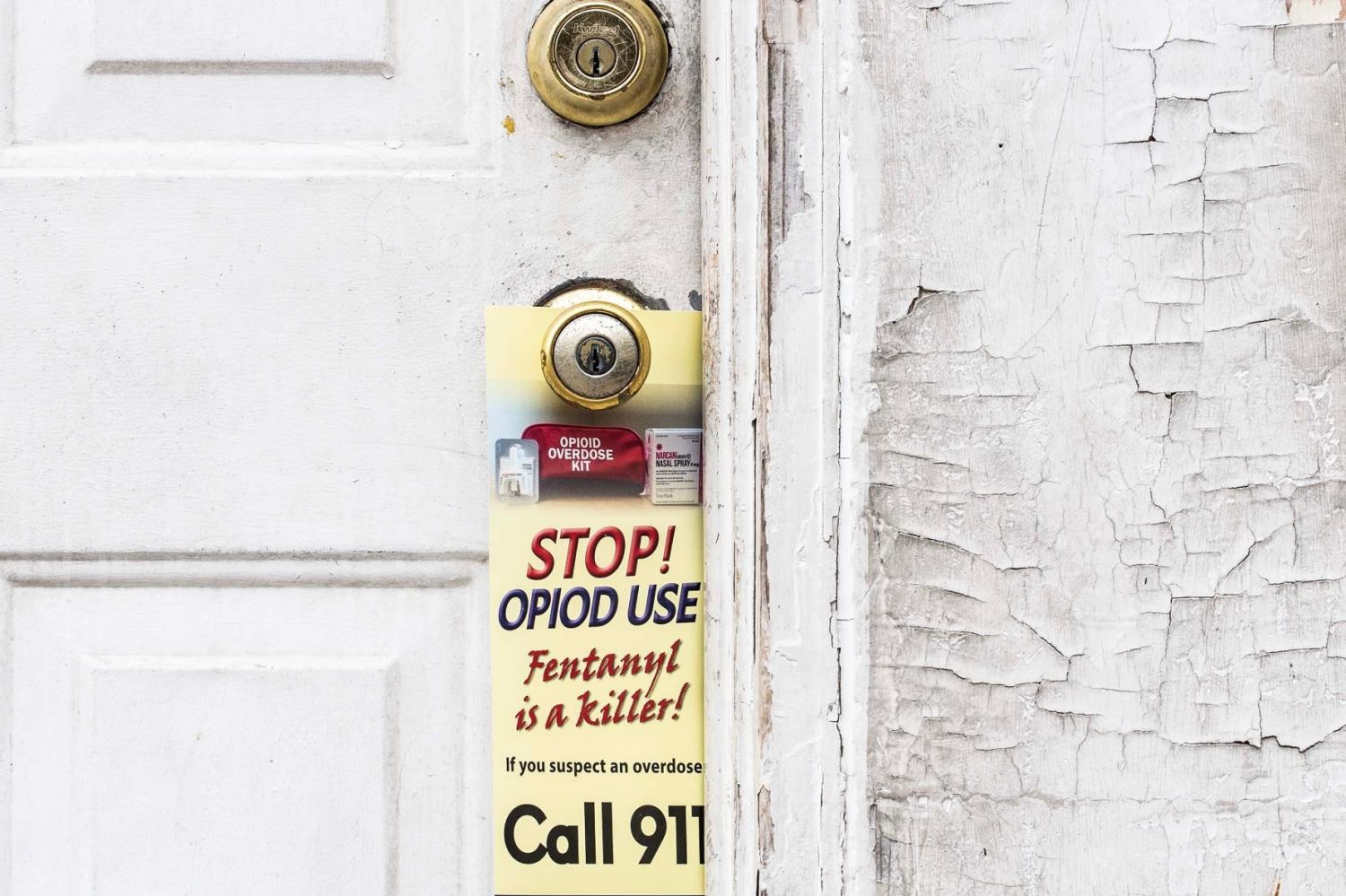

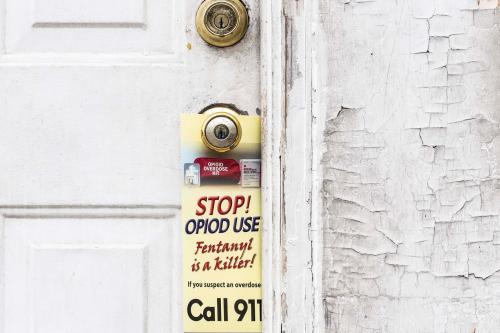
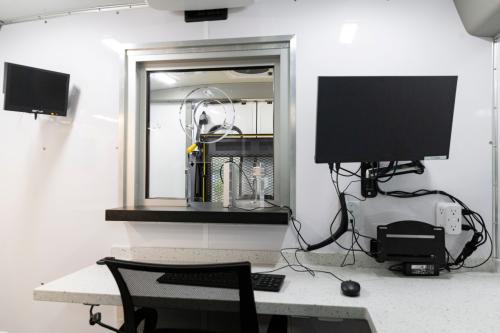

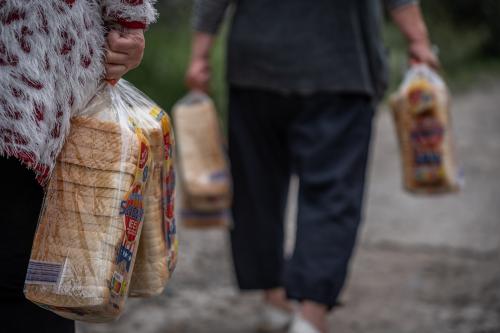
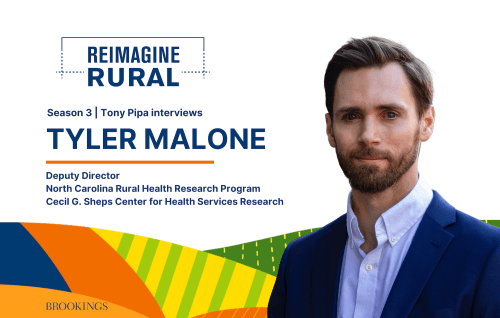

Commentary
Strategies for increasing participation in addiction treatment
October 30, 2025